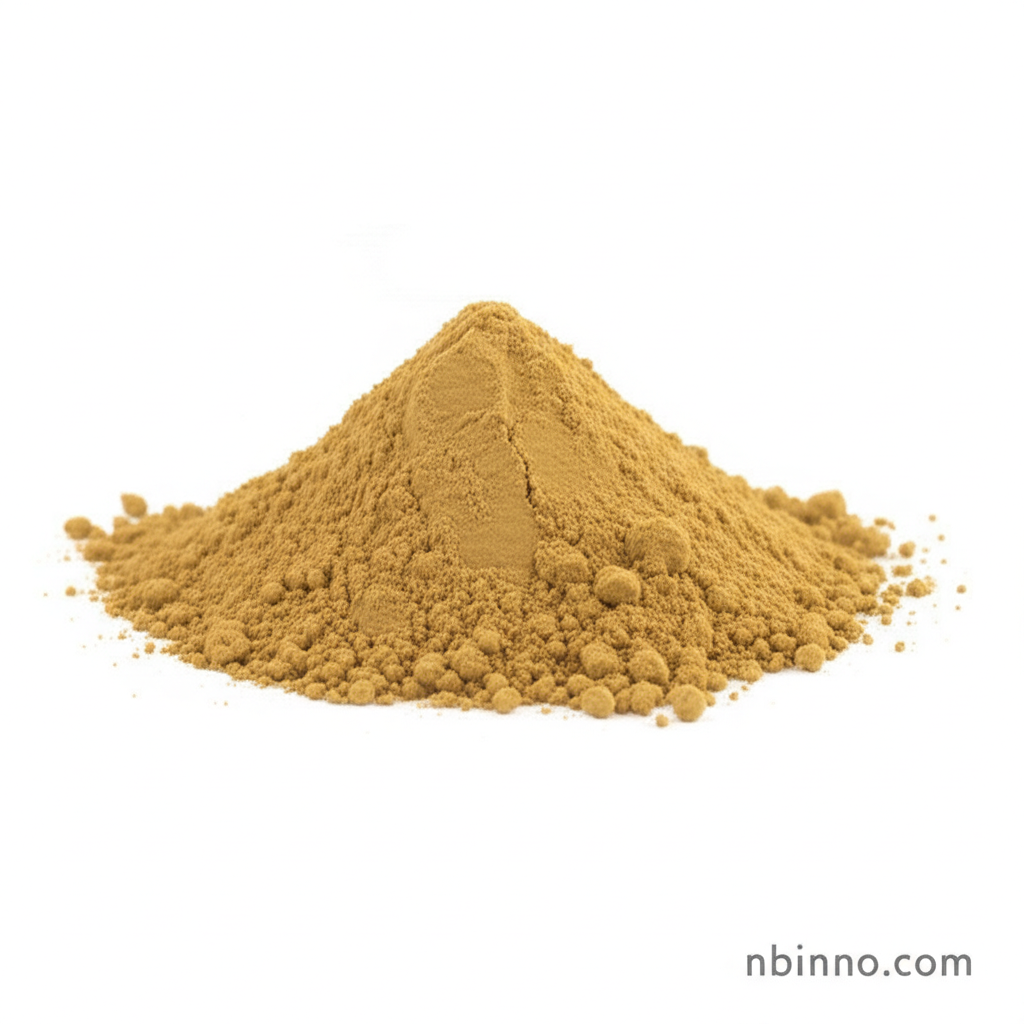Tannic Acid (CAS 1401-55-4): Unveiling Its Potent Uses Across Industries
Discover Tannic Acid, a versatile natural compound. From enhancing food flavors to revolutionizing industrial processes, explore its unique properties and wide-ranging applications that drive innovation across diverse sectors.
Get a Quote & SampleProduct Core Value

Tannic Acid
Tannic Acid, also known as gallotannic acid, is a powerful natural polyphenol extracted from plants like oak bark and gallnuts. Renowned for its unique chemical properties, it serves as a critical ingredient across numerous industries, offering solutions for enhanced product performance and functionality.
- A versatile Food Additive: Explore how Tannic Acid is crucial for enhancing flavors and stabilizing various food and beverage products, including winemaking.
- Essential in Leather Tanning: Understand the role of Tannic Acid in transforming raw hides into durable, high-quality leather through its strong protein-binding capabilities, a key aspect for sustainable leather tanning solutions.
- Key in Dyeing & Cosmetics: Learn about its application as a mordant in textile dyeing, ensuring vibrant and colorfast fabrics, and its beneficial astringent properties in skincare ingredient formulations.
- Broad Pharmaceutical & Chemical Uses: Investigate its significant antioxidant properties and utility in various pharmaceutical preparations and complex chemical applications, including metal processing.
Product Advantages
Astringent & Protein Binding Power
Tannic acid excels due to its strong astringency and remarkable protein-binding capabilities, making it indispensable for applications like leather tanning solutions and tissue contraction in skincare.
Antioxidant & Metal Chelating Properties
Leverage the potent antioxidant properties of tannic acid, which protect against oxidative damage, and its ability to form stable complexes with metal ions, vital for various chemical applications.
Natural Origin & Biodegradability
Derived naturally from plant sources, tannic acid offers an environmentally friendly solution. Its biodegradability ensures a sustainable choice for industries ranging from food and beverages to advanced textile dyeing.
Key Applications
Leather Tanning
In leather tanning, tannic acid forms stable complexes with proteins, converting animal hides into durable, flexible leather, a cornerstone of sustainable leather production.
Dyeing & Ink Production
As a mordant, tannic acid enhances color fastness in textile dyeing and stabilizes pigments in ink production, crucial for advanced textile dyeing & finishing chemicals.
Food & Beverages
Used as a flavoring, clarifying, and stabilizing agent, tannic acid naturally enhances the characteristics of products like wine, embodying its role as a natural food additive.
Cosmetics & Pharmaceuticals
Its astringent and antioxidant properties make it a valuable ingredient in skincare formulations for toning and reducing inflammation, and for its medicinal uses, aligning with bioactive ingredients for skincare formulations.
